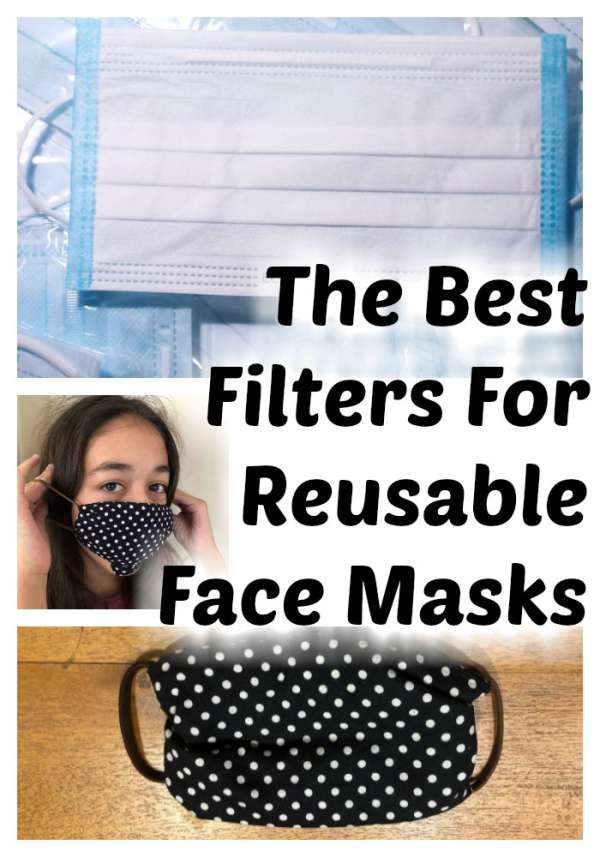Face masks have become a necessary accessory and due to the worldwide shortages, people have been making their own. We have covered lots of different ways to make your own masks but this article is all about choosing the best filter system for your handmade one.
Remember all of these homemade DIY masks are an alternative to the out of stock N95 masks which are designed to be disposable and can give 95% protection from airborne particles. In this case, disposable actually meant that the world ran out of them. So whilst reusable masks are being made from cloth, most of the actual surgical mask filters still need to be removed.

First though, here is a list of all that we have covered in the past few weeks if you want a refresher.
How To make a DIY Bandana Mask
Why you should buy a handmade mask
Carbon filters
These carbon filters
have been one of the most popular options for inserting into homemade masks. They are actual filters for store-bought masks, but by sewing a pocket into your mask you are able to place one of these inside.
Carbon filters can effectively filter out 80% of viruses, bacteria, pollution, dust, chemicals, particles, pollen and smoke when used correctly with a mask system. The carbon filter works with inner layers of filtration material to trap these indoor and outdoor pollutants within the carbon particles.
The only problem with these purpose-built replacement filters is getting hold of them, so the internet turned into super sleuths and came up with alternatives such as HEPA furnace
filters. Coffee filters
folded into bandanas and other fabric folds can be used as filters also.
Did you know there is now FDA Approved, home Covid test? you can read more about it here.
Fabric filters
The best fabric to use would have a thread count of at least 180 because its weave is thicker and tighter, which allows for fewer particles to pass through. Some bed sheets are 1000 count so finding fabric like this in your home is not hard. The benefit of this high thread count (tighter weave) is it reduces the need for an actual filter for your handmade mask. Which makes these masks with inbuilt filter washable. Having a washable filter makes these cotton masks an affordable option.
How do I know what thread count my pillowcase or sheets are? Well, let us assume you don’t still have the packaging, the best way to tell is to hold it up to the light. The more light that passes through the fabric the lower the thread count! You need to be able to see as little light as possible because the threads (thread count) are tighter.
Still, having trouble sourcing filters?
Air conditioning companies and hardware stores sell filter by the metre and you can add it into the mask pocket. There has been some concern as to what “fibres” you are breathing in by the filter but generally, the filter fabric is safe for breathing. You breathe your aircon air, right? It is through the same filter fabric.
You don’t need fancy filters to stay safe and if you stay home you don’t need masks at all.
According to CDC guidelines, washing masks regularly in a washing machine is sufficient for cleaning cloth masks and washable face mask filters but they should be washed at a high temperature. 168 degrees F or 75 degree celsius. That is the minimum temperature proven to kill the flu virus. So leaving it in the sun is NOT going to kill any germs off.
A reminder again that homemade masks are an alternative to a surgical-grade mask and not a replacement.
Always trust your local medical advice and stay safe!
Need to make a lot of masks? Check out this amazing Mask Cutting Machine. It cuts 6 masks out at a time!
Wanting to create your own custom face mask? Check out this Website that allows you to design your own mask with ,photos, font and colors.